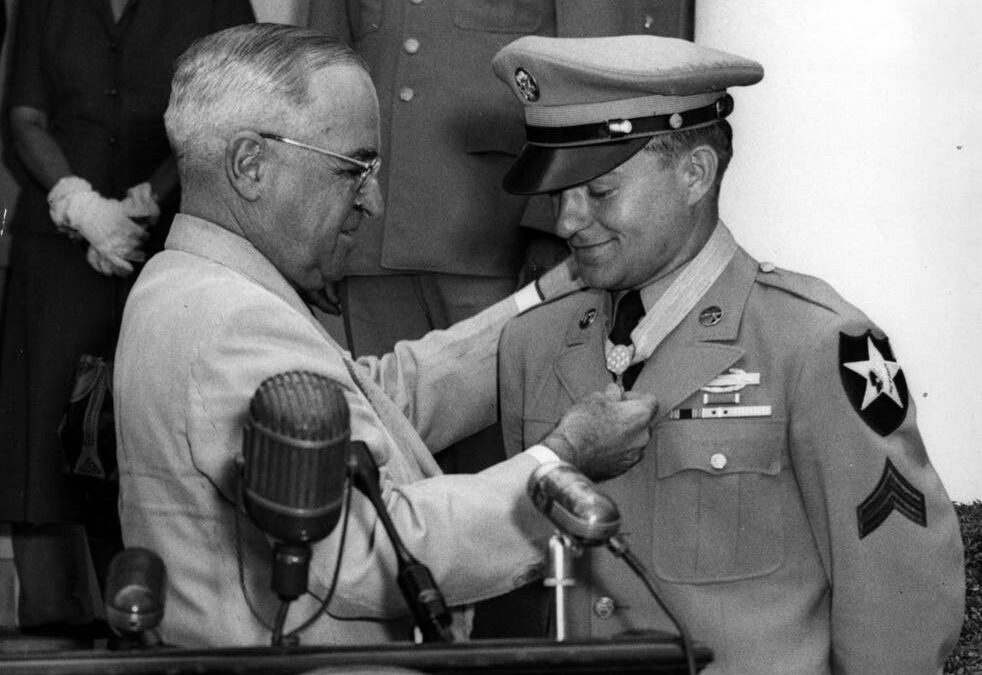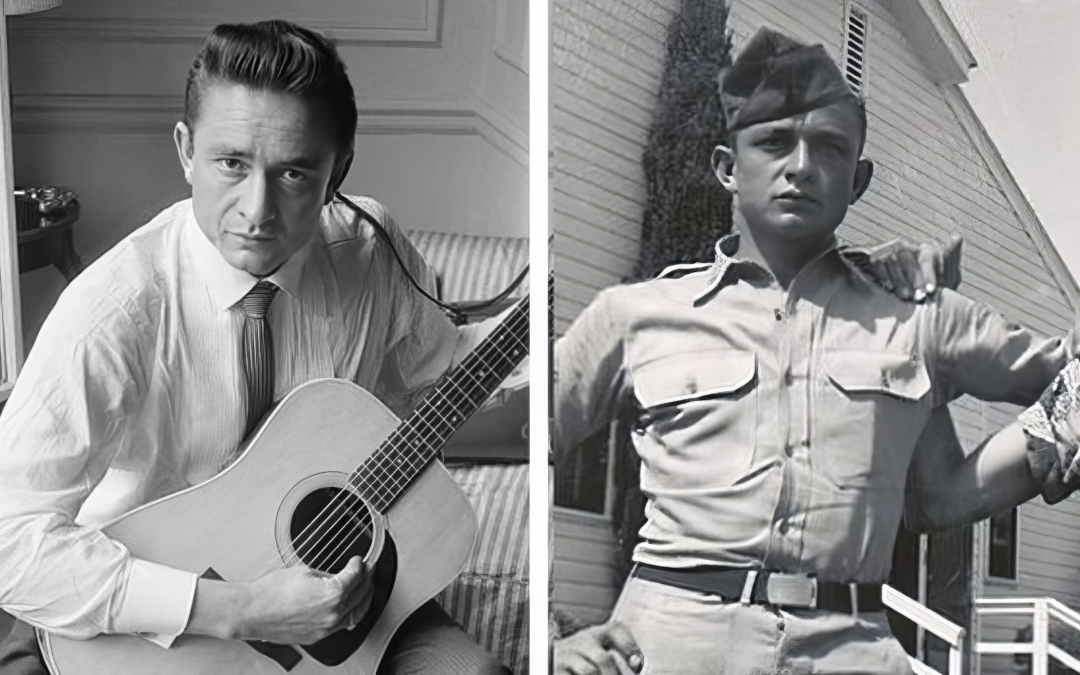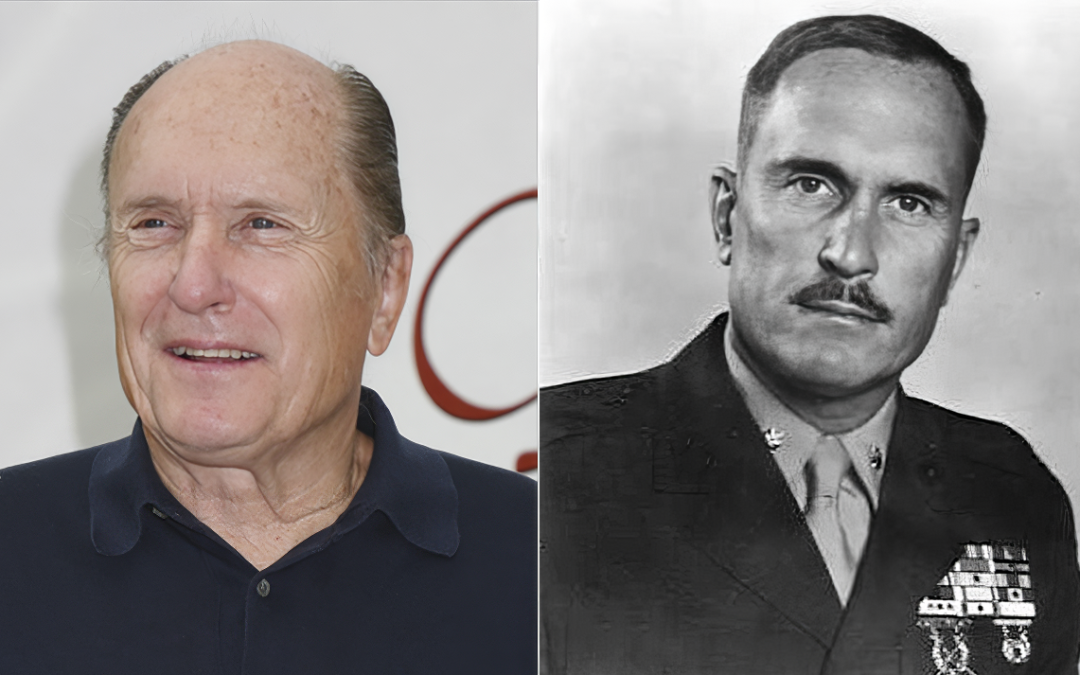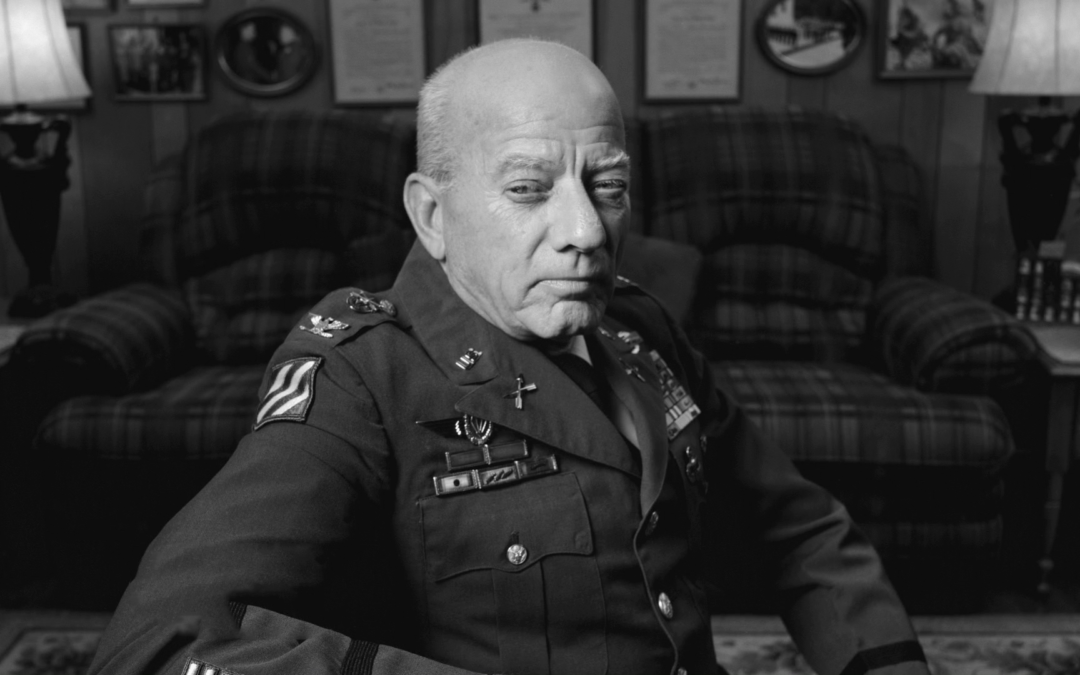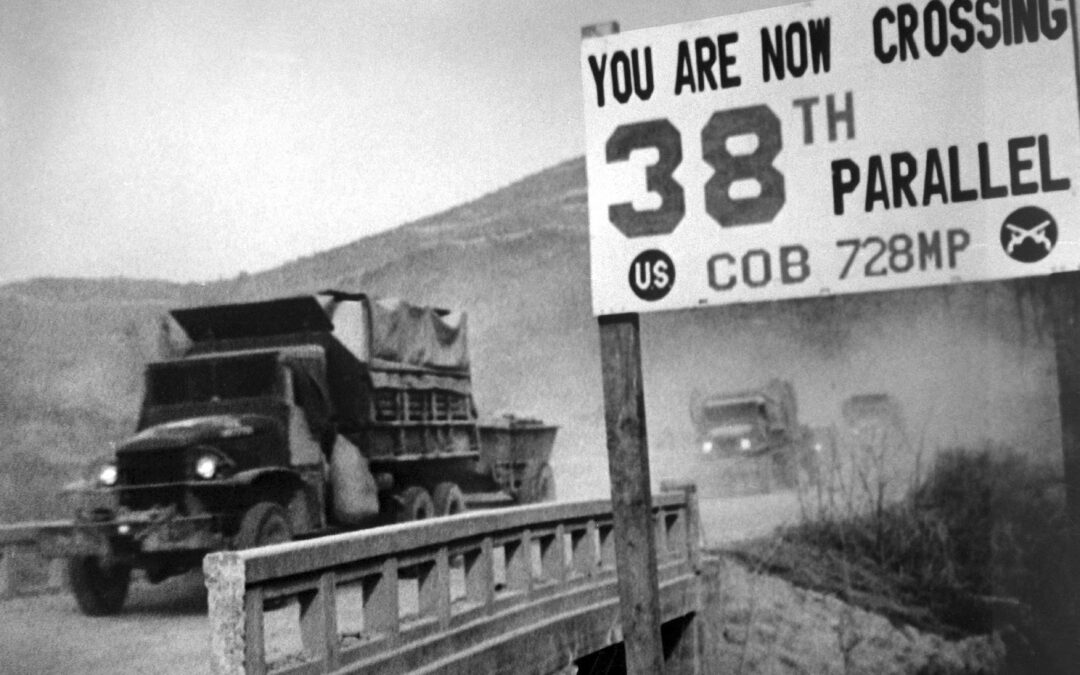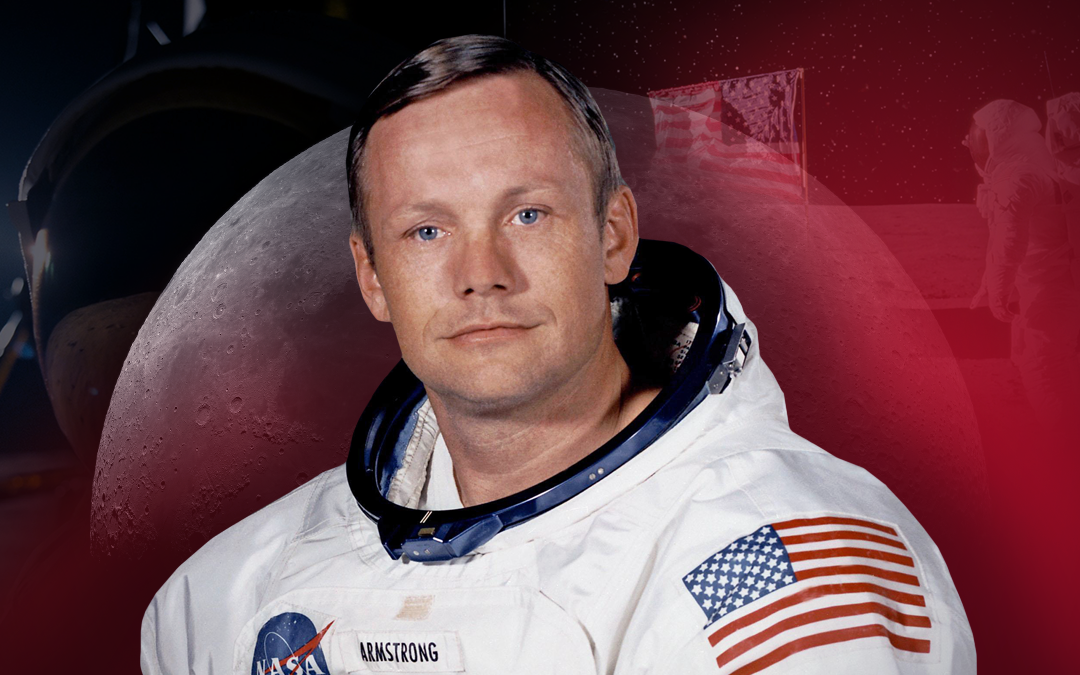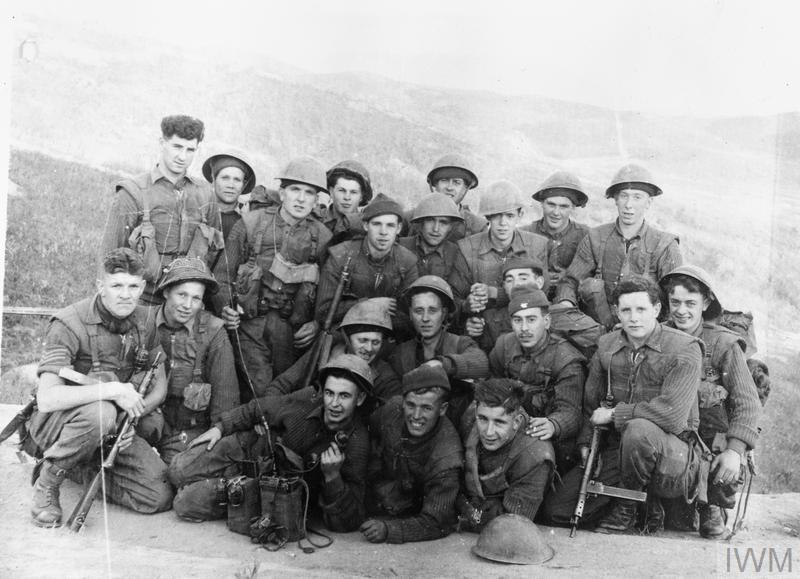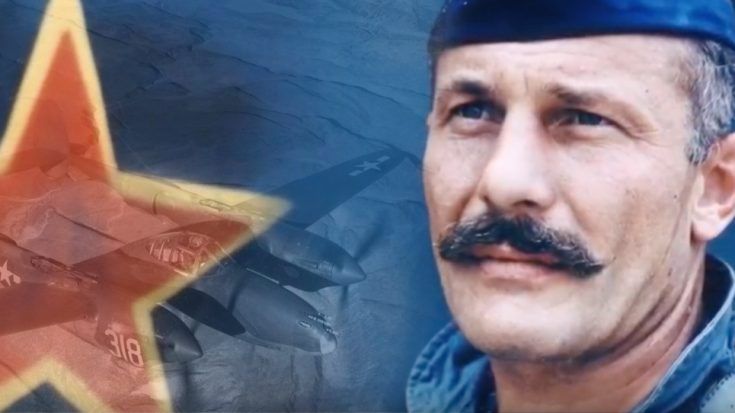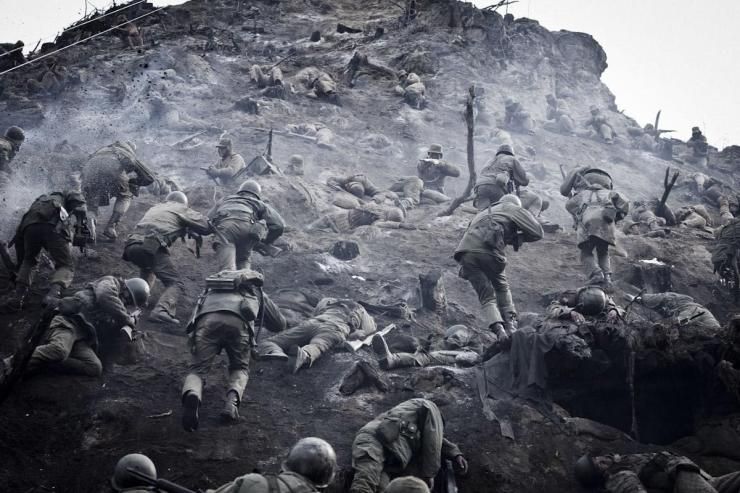Medal of Honor Recipient Ronald Rosser passed away on Wednesday Aug 26, 2020 in Bumpus Mills, Tenessee at the age of 90 from issues related to non-Hodgkin's lymphoma. He was awarded the medal for his bravery during the Korean War. Ronald Rosser was born in Columbus, Ohio, in 1929. His father was a coal miner. When he turned 17, his mother gave birth to twins. He decided there wasn't enough room for him at home, so he followed his brother into the military in 1946. He served for three years and was a part of the occupations of Japan and Germany after World War II. When he left the Army, he returned home to work in the coal mines alongside his father. Rosser's younger brother, Richard, was killed in action during the Korean War. Rosser re-enlisted out of a sense of vengeance. "…I made up my mind that you can't kill my brother and get away with it," he said. Ronald Rosser's Service in the Korean War During the war, his platoon was charged with capturing a hill from the Chinese and...
